
On this day in 2001, a U.S.-led coalition begins
attacks on Taliban-controlled Afghanistan with an intense bombing
campaign by American and British forces. Logistical support was provided
by other nations including France, Germany, Australia and Canada and,
later, troops were provided by the anti-Taliban Northern Alliance
rebels. The invasion of Afghanistan was the opening salvo in the United States "war on terrorism" and a response to the September 11, 2001, terrorist attacks on New York and Washington, D.C.



Dubbed "Operation Enduring Freedom" in U.S. military parlance, the invasion of Afghanistan was intended to target terrorist mastermind Osama bin Laden's al-Qaida organization, which was based in the country, as well as the extreme fundamentalist Taliban government that had ruled most of the country since 1996 and supported and protected al-Qaida. The Taliban, which had imposed its extremist version of Islam on the entire country, also perpetrated countless human rights abuses against its people, especially women, girls and ethnic Hazaras. During their rule, large numbers of Afghans lived in utter poverty, and as many as 4 million Afghans are thought to have suffered from starvation.
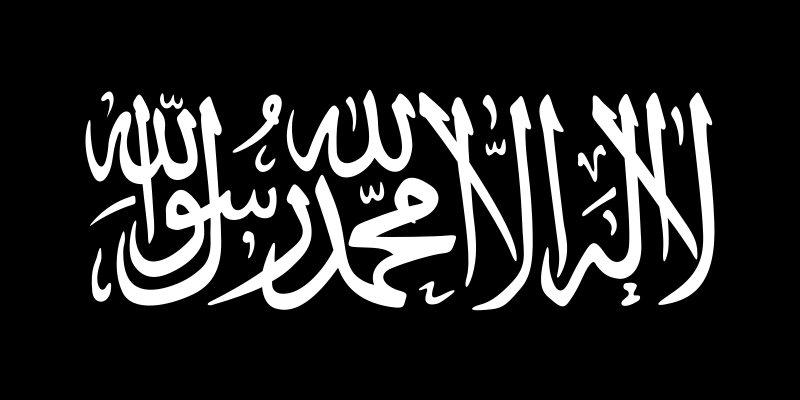


In the weeks prior to the invasion, both the United States and the U.N. Security Council had demanded that the Taliban turn over Osama bin Laden for prosecution. After deeming the Taliban's counteroffers unsatisfactory—among them to try bin Laden in an Islamic court—the invasion began with an aerial bombardment of Taliban and al-Qaida installations in Kabul, Kandahar, Jalalabad, Konduz and Mazar-e-Sharif. Other coalition planes flew in airdrops of humanitarian supplies for Afghan civilians. The Taliban called the actions "an attack on Islam." In a taped statement released to the Arabic al-Jazeera television network, Osama bin Laden called for a war against the entire non-Muslim world.

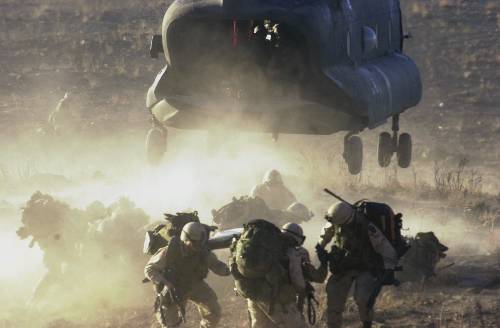

After the air campaign softened Taliban defenses, the coalition began a ground invasion, with Northern Alliance forces providing most of the troops and the U.S. and other nations giving air and ground support. On November 12, a little over a month after the military action began, Taliban officials and their forces retreated from the capital of Kabul. By early December, Kandahar, the last Taliban stronghold, had fallen and Taliban leader Mullah Mohammed Omar went into hiding rather than surrender. Al-Qaida fighters continued to hide out in Afghanistan's mountainous Tora Bora region, where they were engaged by anti-Taliban Afghan forces, backed by U.S. Special Forces troops. Al-Qaida soon initiated a truce, which is now believed to have been a ploy to allow Osama bin Laden and other key al-Qaida members time to escape into neighboring Pakistan. By mid-December, the bunker and cave complex used by al-Qaida at Tora Bora had been captured, but there was no sign of bin Laden.

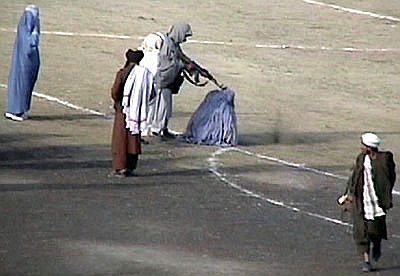

After Tora Bora, a grand council of Afghan tribal leaders and former exiles was convened under the leadership of Hamid Karzai, who first served as interim leader before becoming the first democratically elected president of Afghanistan on December 7, 2004. Even as Afghanistan began to take the first steps toward democracy, however, with more than 10,000 U.S. troops in country, al-Qaida and Taliban forces began to regroup in the mountainous border region between Afghanistan and Pakistan. They continue to engage U.S. and Afghan troops in guerilla-style warfare and have also been responsible for the deaths of elected government officials and aid workers and the kidnapping of foreigners. Hundreds of American and coalition soldiers and thousands of Afghans have been killed and wounded in the fighting.



Afghans continue to make up the largest refugee population in the world, though nearly 3 million have returned to Afghanistan since the fall of the Taliban, further straining the country's war-ravaged economy.
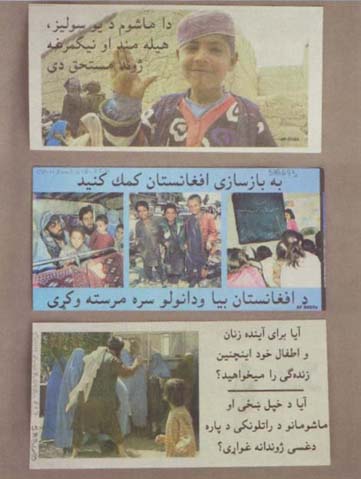


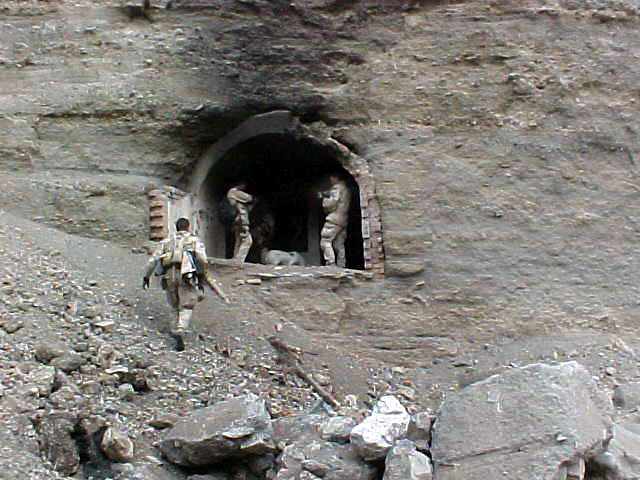


Taken from: http://www.history.com/this-day-in-history/us-led-attack-on-afghanistan-begins [07.10.2013]


Dubbed "Operation Enduring Freedom" in U.S. military parlance, the invasion of Afghanistan was intended to target terrorist mastermind Osama bin Laden's al-Qaida organization, which was based in the country, as well as the extreme fundamentalist Taliban government that had ruled most of the country since 1996 and supported and protected al-Qaida. The Taliban, which had imposed its extremist version of Islam on the entire country, also perpetrated countless human rights abuses against its people, especially women, girls and ethnic Hazaras. During their rule, large numbers of Afghans lived in utter poverty, and as many as 4 million Afghans are thought to have suffered from starvation.



In the weeks prior to the invasion, both the United States and the U.N. Security Council had demanded that the Taliban turn over Osama bin Laden for prosecution. After deeming the Taliban's counteroffers unsatisfactory—among them to try bin Laden in an Islamic court—the invasion began with an aerial bombardment of Taliban and al-Qaida installations in Kabul, Kandahar, Jalalabad, Konduz and Mazar-e-Sharif. Other coalition planes flew in airdrops of humanitarian supplies for Afghan civilians. The Taliban called the actions "an attack on Islam." In a taped statement released to the Arabic al-Jazeera television network, Osama bin Laden called for a war against the entire non-Muslim world.



After the air campaign softened Taliban defenses, the coalition began a ground invasion, with Northern Alliance forces providing most of the troops and the U.S. and other nations giving air and ground support. On November 12, a little over a month after the military action began, Taliban officials and their forces retreated from the capital of Kabul. By early December, Kandahar, the last Taliban stronghold, had fallen and Taliban leader Mullah Mohammed Omar went into hiding rather than surrender. Al-Qaida fighters continued to hide out in Afghanistan's mountainous Tora Bora region, where they were engaged by anti-Taliban Afghan forces, backed by U.S. Special Forces troops. Al-Qaida soon initiated a truce, which is now believed to have been a ploy to allow Osama bin Laden and other key al-Qaida members time to escape into neighboring Pakistan. By mid-December, the bunker and cave complex used by al-Qaida at Tora Bora had been captured, but there was no sign of bin Laden.



After Tora Bora, a grand council of Afghan tribal leaders and former exiles was convened under the leadership of Hamid Karzai, who first served as interim leader before becoming the first democratically elected president of Afghanistan on December 7, 2004. Even as Afghanistan began to take the first steps toward democracy, however, with more than 10,000 U.S. troops in country, al-Qaida and Taliban forces began to regroup in the mountainous border region between Afghanistan and Pakistan. They continue to engage U.S. and Afghan troops in guerilla-style warfare and have also been responsible for the deaths of elected government officials and aid workers and the kidnapping of foreigners. Hundreds of American and coalition soldiers and thousands of Afghans have been killed and wounded in the fighting.



Afghans continue to make up the largest refugee population in the world, though nearly 3 million have returned to Afghanistan since the fall of the Taliban, further straining the country's war-ravaged economy.






Taken from: http://www.history.com/this-day-in-history/us-led-attack-on-afghanistan-begins [07.10.2013]

No comments:
Post a Comment